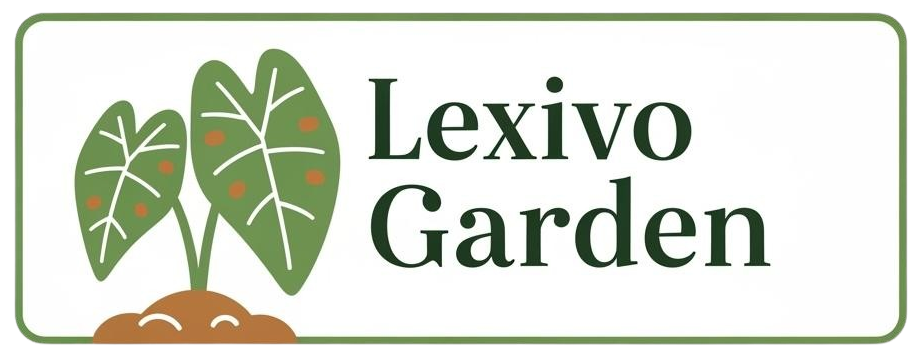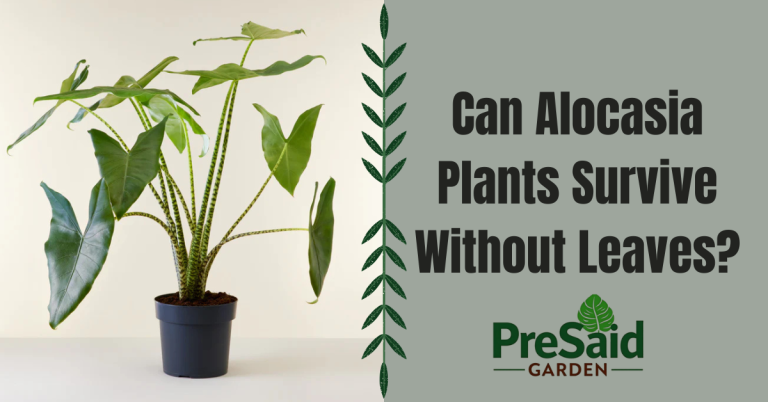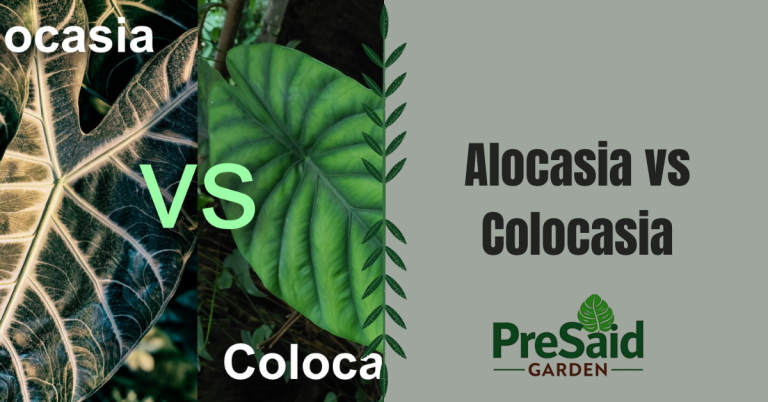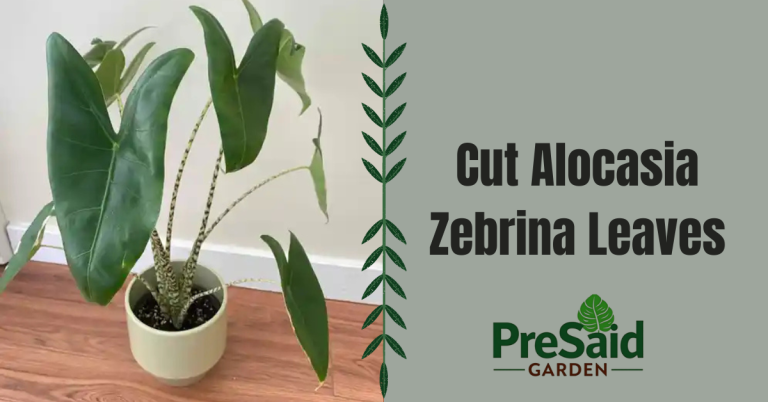Alocasia Cucullata Yellow Leaves: 10 Effective Solutions

If you’re reading this, chances are you’ve noticed your Alocasia cucullata’s leaves turning yellow. Don’t worry – you’re not alone. As someone who’s been growing these beautiful plants for years, I’ve seen my fair share of yellow leaves. In this post, I’ll share my hands-on experience and practical solutions to help you get your Alocasia cucullata back to its lush, green glory.
Understanding Alocasia Cucullata Yellow Leaves
Before we dive into solutions, let’s talk about why Alocasia cucullata leaves might turn yellow. This plant, also known as the Chinese Taro or Hooded Dwarf Elephant Ear, is native to Southeast Asia. In its natural habitat, it thrives in warm, humid conditions with dappled sunlight. When we grow them in our homes, sometimes things don’t go as planned.
Yellow leaves on your Alocasia cucullata can be a sign of several issues:
- Overwatering or poor drainage
- Underwatering
- Nutrient deficiencies
- Excessive light exposure
- Temperature stress
- Pest infestations
- Natural aging
The Ultimate Alocasia Cucullata Care Guide
Here’s a quick reference guide to keep your Alocasia cucullata happy and healthy:
| Care Aspect | Requirement |
|---|---|
| Light | Bright, indirect light |
| Water | Keep soil moist but not soggy |
| Humidity | 60-80% |
| Temperature | 60-85°F (15-29°C) |
| Soil | Well-draining, rich in organic matter |
| Fertilizer | Balanced, liquid fertilizer every 2-4 weeks during growing season |
Now that we’ve covered the basics, let’s dive into some solutions for those pesky yellow leaves.
10 Proven Solutions for Alocasia Cucullata Yellow Leaves

1. Perfect Your Watering Routine
One of the most common causes of yellow leaves on Alocasia cucullata is improper watering. These plants like their soil to be consistently moist, but not waterlogged. Here’s what I do:
- Water when the top inch of soil feels dry
- Use room temperature water
- Ensure proper drainage in your pot
- Consider using a moisture meter for accuracy
If you’re dealing with yellow leaves due to overwatering, let the soil dry out a bit more between waterings. For underwatering, increase your watering frequency slightly.
2. Boost Humidity
Alocasia cucullata loves humidity. Low humidity can cause leaf yellowing and crispy edges. To increase humidity:
- Use a pebble tray filled with water
- Group your plants together
- Run a humidifier nearby
- Mist the leaves regularly (but not excessively)
3. Adjust Your Light Situation
Too much direct sunlight can scorch the leaves of your Alocasia cucullata, causing them to turn yellow. On the flip side, too little light can also lead to yellowing. Find a spot with bright, indirect light. A few feet away from a north or east-facing window often works well.
4. Feed Your Plant Properly
Nutrient deficiencies can cause Alocasia cucullata yellow leaves. I use a balanced, liquid fertilizer every 2-4 weeks during the growing season (spring and summer). Be careful not to overfertilize, as this can burn the roots and cause yellowing too.
5. Maintain Ideal Temperature
Alocasia cucullata prefers temperatures between 60-85°F (15-29°C). Sudden temperature changes or drafts can stress the plant, leading to yellow leaves. Keep your plant away from air conditioning vents, heaters, and drafty windows.
6. Check for Pests
Spider mites, mealybugs, and scale insects can all cause yellowing leaves on Alocasia cucullata. Regularly inspect your plant, especially the undersides of leaves. If you spot pests, treat with insecticidal soap or neem oil.
7. Improve Soil Drainage
Poor soil drainage can lead to root rot and yellow leaves. I mix my own soil for Alocasia cucullata using:
- 1 part potting soil
- 1 part perlite or pumice
- 1 part orchid bark
This mix provides excellent drainage while retaining enough moisture.
8. Prune Yellow Leaves
Sometimes, yellow leaves are just a part of the natural aging process. Once a leaf turns yellow, it won’t turn green again. Prune these leaves to allow the plant to focus its energy on new growth. Use clean, sharp pruning shears to avoid spreading diseases.
9. Manage Transplant Shock
If you’ve recently repotted your Alocasia cucullata, it might be experiencing transplant shock. This can cause temporary yellowing of leaves. Give your plant time to adjust, maintain consistent care, and avoid fertilizing for a few weeks after repotting.
10. Treat for Fungal Diseases
Fungal diseases can cause yellowing leaves on Alocasia cucullata. If you suspect a fungal issue, treat with a fungicide and improve air circulation around your plant. Remember to always isolate infected plants to prevent spread.
Frequently Asked Questions About Alocasia Cucullata Yellow Leaves
Q: How often should I water my Alocasia cucullata?
A: Water when the top inch of soil feels dry. This could be every 5-7 days, depending on your environment.
Q: Can yellow leaves turn green again?
A: Unfortunately, once a leaf turns yellow, it won’t revert to green. Focus on preventing new leaves from yellowing.
Q: Is it normal for older leaves to turn yellow?
A: Yes, it’s normal for older leaves to yellow and die off as the plant grows new ones. This is part of the natural growth cycle.
Q: How can I prevent Alocasia cucullata yellow leaves in the future?
A: Maintain consistent care, provide adequate humidity, use well-draining soil, and fertilize regularly during the growing season.
Remember, every Alocasia cucullata yellow leaves situation is unique. It might take some trial and error to find the perfect balance for your plant. Don’t get discouraged – with a little patience and care, your Alocasia will be thriving in no time.
Before you go, if you need any supplies for your Alocasia cucullata care journey, check out our shop at https://lexivo.com.ng/shop/. We’ve got everything from premium potting mixes to the perfect pruning shears.
Have you dealt with yellow leaves on your Alocasia cucullata? What worked for you? Share your experiences in the comments below – I’d love to hear from you!
Happy growing!
Lucas William






